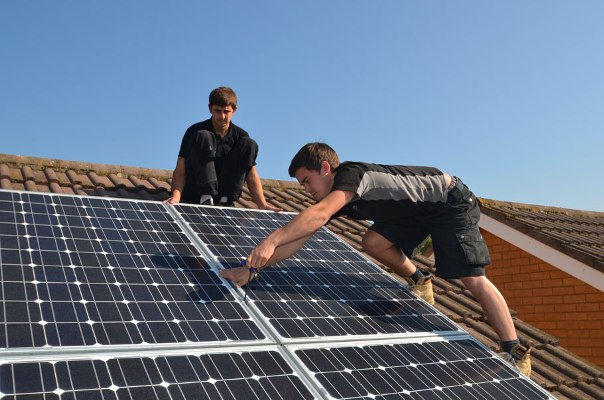The latest IHS Solar PV Demand Tracker forecasts that solar PV installations will be in the range of 40-42 GW in 2014, as against the 55 GW target set by several others.
The report foresees several risks and downsides versus other positive predictions made by other reports.
China will install around 9.5 GW in 2014, much lower than the 12 GW NDRC target. This is due to a lack of framework to support the move towards distributed generation and away from utility-scale projects, the report said.
The story is not different in Japan too. The agency predicts a boom-bust cycle in Japan. Several negative issues have arisen recently: firstly METI announced recently an official review of ground-mount projects due to the very slow development of the huge pipeline of projects. IHS hopes many of these projects will never be built.
Secondly the residential FIT program is set to end and there is uncertainty as to whether this will re-open in the next fiscal year due to lack of government support, meanwhile the FIT for non-residential PV is likely to be cut by 20 percent next year.
Finally, the Japanese government’s recent U-turn on greenhouse gas emissions further indicates a weakening in support for renewable energy. Whilst it is still very possible that Japan remains a growth market, our view is that this does present the country to be risk to the overall PV industry in 2014.
Emerging markets also do not grow as quickly as many think, IHS said. IHS estimates that emerging PV markets added 5.4 GW of capacity and will grow to 7.7 GW in 2014. Many forecasts presented for emerging markets are very bullish and do not fully account for the very different market conditions in each country.
Many of the emerging markets do not rely on direct subsidies, but instead tender mechanisms or private PPAs which can take several years from announcement to real installations occurring. The cases of Chile and South Africa show just how long these huge GW pipelines take to progress with just 100 MW and 200 MW installed in 2013 respectively.
In Brazil too, the scenario is not different. Despite PV being allowed to compete in the recent bidding process, not a single PV project was selected (as predicted by IHS) due to extremely low prices that were achievable from equivalent wind projects.
Even in light of above risks, IHS expects the solar industry will demonstrate double-digit growth in 2014 and return to improved profitability for many companies. According to IHS, 40 GW is certainly achievable (even in light of above risks) but do not expect any possibility of demand reaching 55 GW.
“Based on the bottoms-up analysis of more than 100 countries, we do not expect that a shortage of PV component supply will occur in 2014, nor does it expect a major increase in prices, in fact a moderate decline in PV module, inverter and BoS prices is forecast,” IHS said.
picture source: discoversolar.co.uk

